What Determines the Value of an Artwork? Key Factors in Art Valuation
- 01 Sep, 2025
- Home , Guides
- 0 Comments
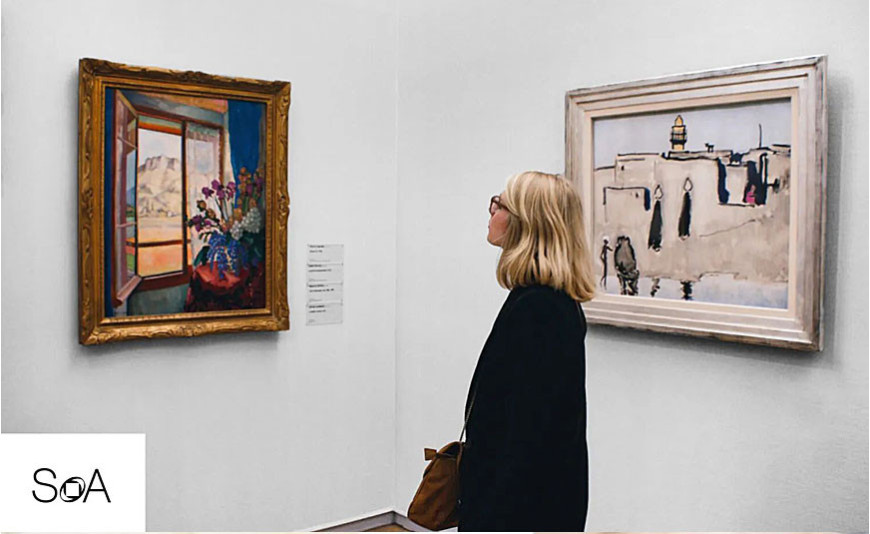
What Determines the Value of an Artwork?
The value of an artwork depends on many interconnected factors. It reflects not only artistic talent but also history, technique, uniqueness, and current art market trends.
The Role of the Artist
Renowned artists often command higher prices due to their reputation, influence, and contribution to the art world. Their works are seen as reliable investments and cultural assets.
Historical and Cultural Context
Artworks linked to major artistic movements — such as Expressionism, Cubism, or Surrealism — often hold significant historical value. Contemporary pieces gain recognition for reflecting modern culture and societal issues.
Technique and Craftsmanship
The technique and materials used can greatly affect value. Oil paintings on canvas are prized for their durability, while watercolors, drawings, and abstracts carry unique aesthetic qualities.
Uniqueness and Authenticity
Authenticity and rarity are crucial. Limited editions or original works with certificates of authenticity are highly valued. Provenance documentation builds trust and legitimacy in the art market.
Market Demand and Investment
Art value also depends on collector demand. Styles such as Pop Art or Hyperrealism can rise sharply in popularity. Reputable galleries like Station of Art Gallery play a key role in shaping perception and market prices.
Art as an Investment
Art is both a visual experience and a financial asset. Investing in emerging artists can offer significant returns as their careers grow. Every artwork carries both monetary and emotional value.
Conclusion
The value of art is determined by the artist, history, craftsmanship, authenticity, market trends, and personal connection. It’s a delicate balance between passion and investment.

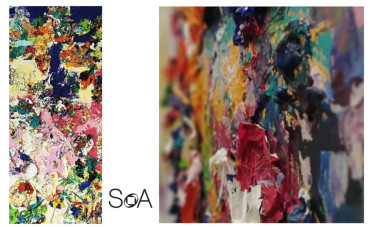


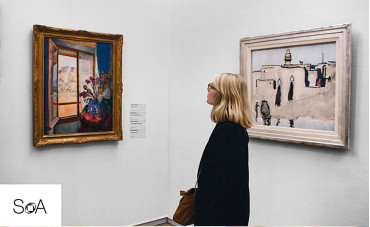
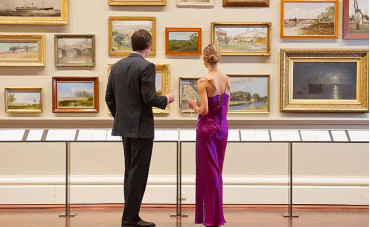
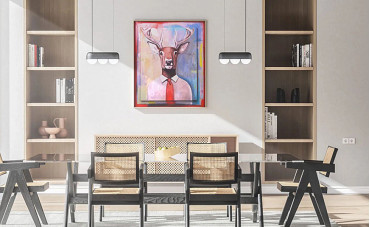

0 Comments